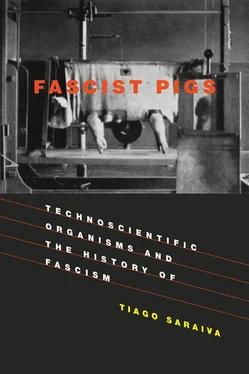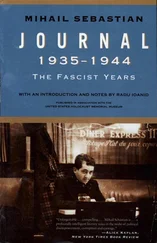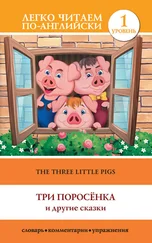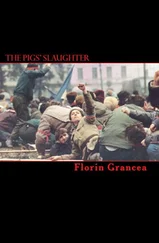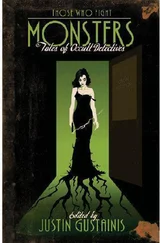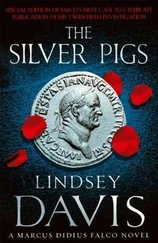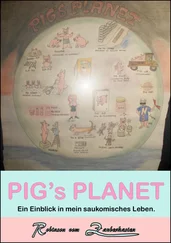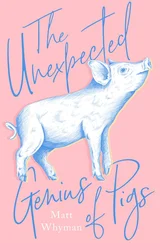Telesforo Bonadonna, “La Fecondazione Artificiale degli animali nell’ Africa Italiana,” VII Congresso Internazionale d’Agricoltura Tropicale e Subtropicale, Tripoli, March 1939.
Joseph Corn, The Winged Gospel: America’s Romance with Aviation, 1900–1950 (Oxford University Press, 1983).
Ibid.
Michel Callon, “Elements of a sociology of translation: Domestication of the Scallops and the Fishermen of St Brieuc Bay,” in Power, Action and Belief: A New Sociology of Knowledge? ed. J. Law (Routledge, 1986).
Bonadonna, “La fecondazione artificiale”.
The following description of the Giggiga Karakul experimental farm is based on G. Schultze, “Allevamento delle pecore Karakul e del bestiame in generale. Rapporto sul mio viaggio di studio attraverso il Territorio dell’Impero,” 1938–39, AIAO, fasc. 553. The experimental farm was also to raise cattle and merino sheep.
On the details of creating a Karakul farm under Italian colonial administration, see “Disciplinare per l’allevamento degli ovini Karakul,” 1939, AIAO, fasc. 1972.
G. Schultze, “Allevamento delle pecore Karakul,” 62–63.
See Reviel Netz, Barbed Wire: An Ecology of Modernity (Wesleyan University Press, 2004).
René Pélissier, História das campanhas de Angola: resistência e revoltas (1845–1941) , vol. II (Estampa, 1986).
Valentim Alexandre, “Ideologia, economia e política: a questão colonial na implantação do Estado Novo,” Análise Social (1993): 1117–1136.
Ibid., p. 1132.
Cláudia Castelo, Passagens para África. O Povoamento de Angola e Moçambique com Naturais da Metrópole (1920–1974) (Afrontamento, 2007).
William Gervase Clarence-Smith, Slaves, Peasants, and Capitalists in Southern Angola 1840–1926 (Cambridge University Press, 1979); Carlos Alberto Medeiros, A Colonização das Terras Altas da Huíla (Angola). Estudo de Geografia Humana (Centro de Estudos Geográficos, 1976); Castelo, Passagens para África ; Cristiana Bastos, “Ilhas, planaltos e travessias: os fluxos de madeirenses entre plantações e colónias,” in As Ilhas da Europa, a Europa das Ilhas (Centro de Estudos de História do Atlântico, 2011); Jill Dias, “Angola,” in O Império Africano: 1825–1890 , ed. V. Alexandre and J. Dias (Estampa); Ruy Duarte Carvalho, Vou lá visitar pastores: exploração epistolar de um percurso angolano (1992–1997) (Cotovia, 1999).
João de Almeida, Sul de Angola, Relatório de um governo de distrito (1908–1910) (Anuário Comercial, 1912).
Edward E. Evans-Pritchard, The Nuer: A Description of the Modes of Livelihood and Political Institutions of a Nilotic People (Oxford University Press, 1965 [1940]).
Among many possible examples, see Ann Laura Stoler, Carnal Knowledge and Imperial Power: Race and the Intimate in Colonial Rule (University of California Press, 2002).
Eduardo Cruz de Carvalho, “Traditional and modern patterns of cattle in southwestern Angola: A critical evaluation from pastoralism to ranching,” Journal of Developing Areas 8, no. 2 (1974): 199–226; Medeiros, A Colonização das Terras Altas da Huíla (Angola) .
Not until the 1950s did Portuguese begin to acquire systematically large tracts of land (tens of thousands of hectares) to establish enormous cattle ranches according to the rules of modern husbandry. On use of the notion of parasitism to describe colonial situations, see Ricardo Roque, Headhunting and Colonialism: Anthropology and the Circulation of Human Skulls in the Portuguese Empire, 1870–1930 (Palgrave Macmillan, 2010).
Ruy Duarte de Carvalho, probably the most inspired author engaging with the region, in order to describe how Kuvale sociability was intertwined with cattle raising coined the notion of “social bull.” See Carvalho, Vou lá visitar pastores .
Pélissier, História das Campanhas de Angola , p. 269.
Carvalho, Vou lá visitar pastores , p. 79.
Manuel dos Santos Pereira, O que pode valer o caracul na economia e ocupação de Angola (Lisbon, Centro de Estudos Económicos, 1955).
Ibid., p. 6.
O Caracul (Agência Geral do Ultramar, 1959).
Ibid. For other examples of experiment stations guiding the patterns of settlement in Africa, see Christophe Bonneuil, “Development as experiment: Science and state building in late colonial and postcolonial Africa, 1930–1970,” Osiris 15 (2000): 258–281.
Cláudia Castelo, O Modo Português de Estar no Mundo: O Luso-Tropicalismo e a Ideologia Colonial Portuguesa (1933–1961) (Afrontamento, 1998).
Gilberto Freyre, Aventura e rotina: sugestões de uma viagem à procura das constantes portuguesas de carácter e acção (Livros do Brasil, 1980 [1953]).
Ibid., p. 374.
Ibid., p. 444. I thank Claudia Castelo for this reference to Karakul in Freyre’s work.
Freyre, Aventura e rotina , pp. 19–20.
Cristiana Bastos, “Tristes trópicos e alegres luso-tropicalismos: das notas de viagem em Lévi-Strauss e Gilberto Freyre,” Análise Social 33, no. 146–147 (1998): 415–432.
To my knowledge, there is no example in the literature that puts Portuguese colonialism in the context of fascist expansionism.
Manuel dos Santos Pereira, Plano de fomento do Karakul de Angola (Lisbon, 1953); “Situação do caraculo Angolano,” Boletim Geral do Ultramar 406 (1959): 27–56; Relazione sul PEK (Posto Experimental do Karakul), “Osservazioni del Dott. Mario Garutti”: 1951, AIAO, fasc. 1027. The last reference was found in the Italian Overseas Archive in Florence and was a report of an Italian settler sent to no other than Armando Maugini, who had converted from an expert in fascist expansionism into a specialist in Third World development.
Mario Garutti, Relazione sul PEK, AIAO, p. 17.
Manuel dos Santos Pereira, “Plano de Acção para o desenvolvimento do Caracul de Angola,” Arquivo do Instituto Português de Apoio ao Desenvolvimento (AIPAD), 1957, p. 19.
On Portuguese colonial labor regimes, see Miguel Bandeira Jerónimo, “Das ‘dificuldades de levar os indigenas a trabalhar’: o sistema de trabalho nativo no império colonial portugues,” in O Império Colonial em questão (sécs XIX-XX): Poderes, Saberes, Instituições , ed. M. B. Jerónimo (Edições 70, 2012); Douglas Wheeler, “The Galvão Report on forced labor (1947) in historical context and perspective: Trouble-shooter who was trouble,” Portuguese Studies Review 16, no. 1 (2009): 115–152.
Читать дальше
